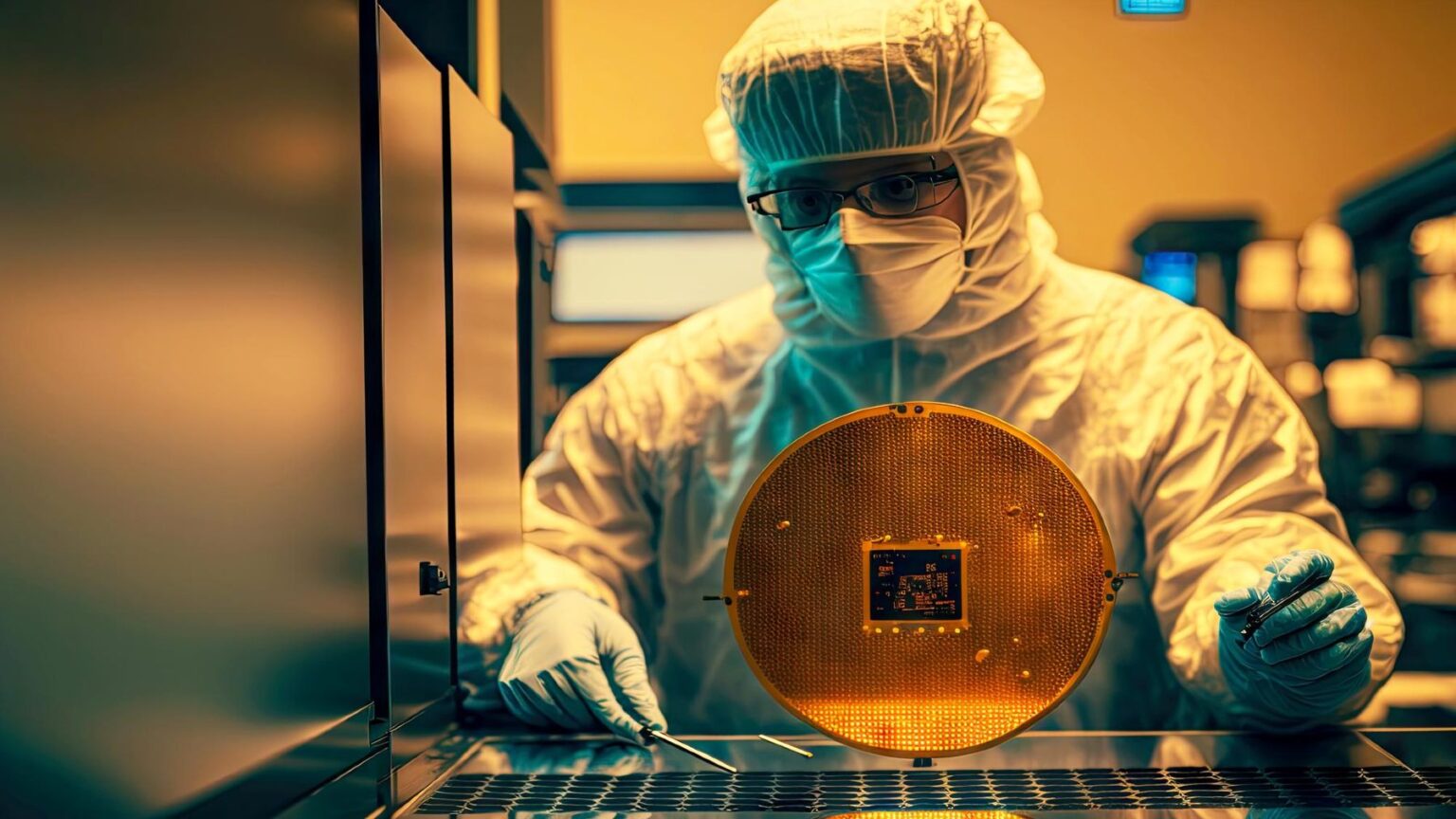Icon, a leading provider of large-scale 3D printing technologies, has introduced its latest innovation in construction: Phoenix. This groundbreaking robotic technology has the capability to construct multi-story buildings, revolutionizing the way structures are built.
The inaugural engineering prototype of Phoenix recently completed an impressive architectural demonstration project, standing at an impressive height of 27 feet. Located in Austin, Texas, this demonstration showcases the potential of Phoenix to redefine construction methodologies.
Continue reading… “Icon Unveils Phoenix: A Robotic Breakthrough in 3D Construction”












